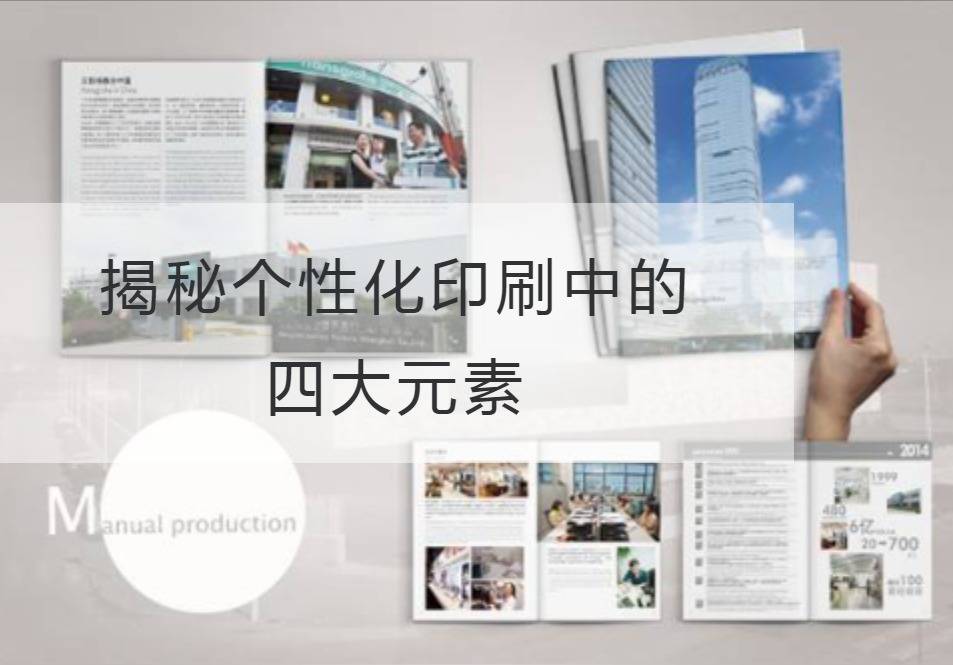Revealing the Four Elements of Personalized Printing
The times are progressing, and personalization has become a fashion. Whether it's clothing, home or print, it's all inseparable from the need for personalization. And when it comes to personalised printing, the four elements are absolutely indispensable. Let's reveal the four elements of personalized printing together!
The first element is mass design material. The core of personalized printing is to meet the user's individual needs, and the richness of the material directly determines whether the printed matter can achieve the expected effect. Today, with the help of advanced technology, a vast array of design materials are springing up, from minimalism to luxury, from lively to romantic poetry. With just one click, you can find the design that matches your needs and personalize the print you want.

The second element is the Smart Editing Tool. As a powerful tool for personalized printing, intelligent editing tools can easily personalize the design. It not only provides a variety of editing methods, such as changing text, resizing images and color matching, but also previews the effects so that users can get real-time feedback during editing. This intelligent editing tool is not only convenient, but also truly personal.
The third element is high quality printing technology. The core of personalized printing is to present high-quality printing results, and high-quality printing technology is the key to achieve this goal. Nowadays, the development of printing technology is changing with each passing day, including traditional offset printing, gravure printing and screen printing, as well as digital printing and inkjet printing. These advanced technologies can not only improve the resolution and color reproduction of printed matter, but also greatly improve the accuracy and speed of printing, making personalized printing more refined and efficient.
The fourth element is the customized service experience. Personalized printing is not only a product, but also a service. In the process of personalized printing, users can enjoy professional consultation and customized services. From the selection of printed materials, the selection of printing technologies to the optimization of design, customization services put the needs of the user first, resulting in a better printing experience. This experience of customised services is what makes personalised printing unique.
As the ancients said: "Thousands of gold to buy like Fu, pulse of this feeling who knows?" Personalized printing in the four elements is expressed with this words. Massive design materials, intelligent editing tools, high-quality printing technology, and customized service experience are the core elements of personalized printing. In this day and age, we can easily customize our unique prints and make them truly a manifestation of our individuality. Whether it's customizing your own T-shirt or printing a personalised photo album, personalised printing is no longer a distant dream, but the norm.
So, let's hug togetherPersonalized printingTake off the veil of darkness and let the print radiate its own light. Let the four elements of personalized printing lead us to the cutting edge, show the beauty of personalized!



